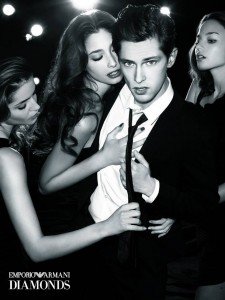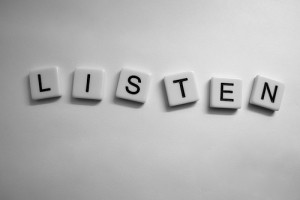This week’s optional reading was based around looking at photographs and deriving meaning from what we see. The excerpt by Victor Burgin analyses what makes a photograph and how it must be looked at in order to reap it’s most profound meaning.
Photographs surround us in day to day life, and as Burgin says, to miss seeing photography around you would be “unusual”.
Semiotics is the study of signs and symbols, and the way in which they are applied to every day life in a conventional way. However, according to the excerpt, there is no definitive regiment for the way in which photographs are interpreted.
Which, to an extent, I agree with. Not every culture perceives certain symbols, shapes, colours, objects and people in the same way. A naked woman in Western culture is often perceived as sexual, however in countries such as South Africa, a topless woman is customary, it’s the social norm and the furthest thing from a subject of objectification.
In spite of this, there are some representations in texts that are recognised as having a general meaning on a worldwide scale, which can tie into stereotypes and archetypes.
Stereotypically, red rose petals are associated with passion, love and lust. Men like the colour blue. Women like the colour pink. Asians are smart. Blondes are dumb.
And media-makers tend to play on these universal stereotypes and generalisations of objects and cultures in order to attract a certain audience and aid in audience understanding and engagement.
I’m going off on a tangent here. The point I’m trying to make is, when reading media texts, photographs in particular due to the fact that they are usually framed in a way that creates meaning, it is important to be mindful that each individual will perceive that photograph in a different way. However, there are codes and conventions that must be understood to interpret it in a profound way.

